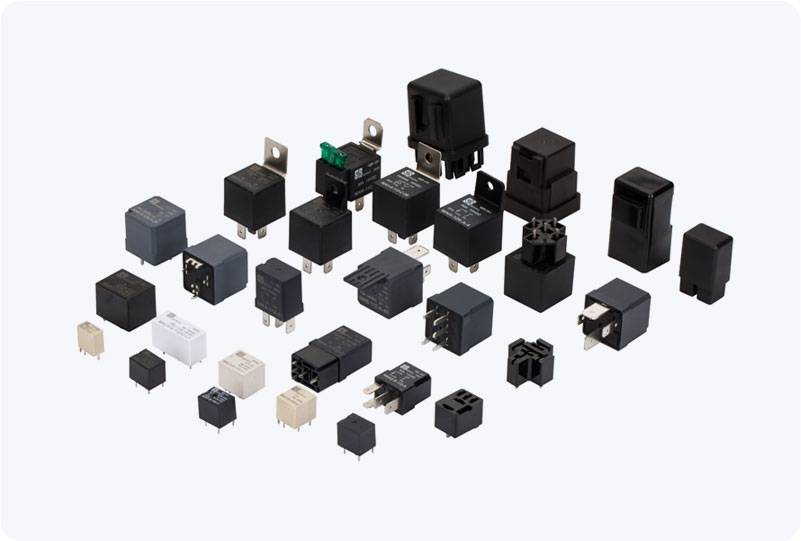In modern industrial applications, safety is a top priority. From automation processes to critical control systems, ensuring the protection of equipment and personnel is vital. One of the most crucial components contributing to safety in electrical systems is the Safety Isolated Relay. This device serves a significant role in providing electrical isolation, enhancing system reliability, and maintaining safety standards. This article explores the importance, features, and applications of the Safety Isolated Relay.

What is a Safety Isolated Relay? A Safety Isolated Relay is an electrical relay designed to transmit control signals while maintaining electrical isolation between the input and output sides. Its primary purpose is to prevent high-voltage signals from affecting sensitive low-voltage systems. This isolation helps protect equipment from electrical interference or faults, ensuring safe operation. The relay not only ensures the smooth transfer of control signals but also acts as a protective barrier, preventing direct electrical contact between different parts of a system. Key Features of Safety Isolated Relays